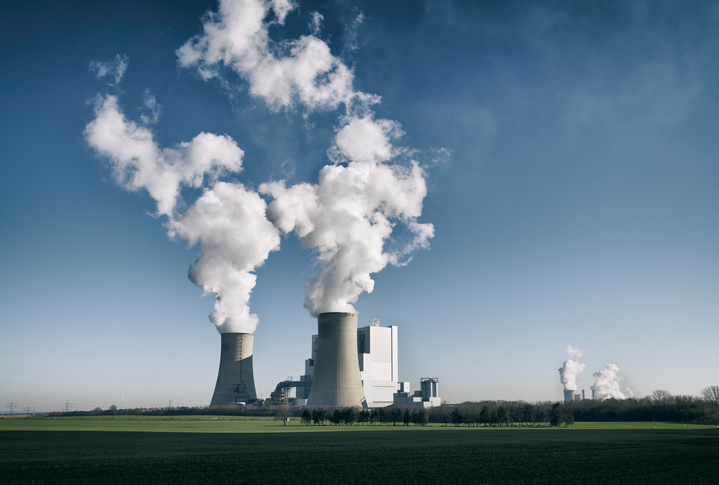The Climate ‘Tug of War’ between the U.S. and China

The U.S. and China are the world’s largest emitters of greenhouse gas (GHG), with China ranking first. But their situations differ.
“It matters a lot how these two countries interact, because they’re quite different,” said Samantha Gross, fellow and director of the Energy Security and Climate Initiative at Brookings Institution, the Washington, D.C.-based think tank. “The U.S. is the world’s largest economy, whereas China is still moving up its development curve.” Even though they are the largest GHG emitters, they are at different places from an economic development perspective, she said.
During “U.S.-China Climate Relations: Innovation, Competition, and Global Implications,” she and other panelists examined what the U.S. could do in coming years to advance progress on clean energy and carbon reduction technologies while strengthening its stance in competition with China. The event took place last week, prior to President Donald Trump’s inauguration and issuance of the executive order to withdraw from the Paris Agreement.
The U.S. Versus China
China dominates many clean energy products and clean energy-related raw materials, Gross said, adding that the U.S. has what she called “a love-hate relationship” with this. “There’s a tug of war between wanting to do clean energy products here in the U.S. and to control some of our own supply chain versus wanting to do this quickly and at the lowest cost possible, which today would in many cases mean using more Chinese goods,” she said.
That “push and pull” — relying on Chinese goods while wanting to maintain jobs and production in the U.S. — is one of the most important factors in two countries’ climate relationship, she said.
According to the panel, which also included Jeffrey Ball, nonresident senior fellow for the Energy Security and Climate Initiative at Brookings, and R. David Edelman, nonresident senior fellow in the John L. Thornton China Center at Brookings, contributing factors to GHG emissions between the two countries differ.
The U.S. is the world’s largest producer of oil and natural gas, while China, as the fifth largest producer of oil, is also the world’s largest importer of it. “China has a lot of drive to implement renewable energy, whereas the U.S., at least from an energy system perspective, less so,” Gross said. “I think that’s shown in our policy over the past few years.”
It all comes down to cost, said Ball, editor in chief of the Doerr School of Sustainability at Stanford University. “Why does the relationship between the US and China matter on these issues? Because the relationship between the U.S. and China — probably more than any other relationship on the globe — shapes the cost of these technologies, which shapes everything about their use,” he said. “What matters is the cost of innovating, the cost of manufacturing and the cost of deploying.” It’s also the cost of managing high carbon emissions, he said.
Energy and Technology
Handling GHG emissions and climate change in the future means “critical breakthroughs” in the energy front are necessary and will require substantial strategic technological investments, Edelman said.
One way could be in the form of training artificial intelligence (AI) in the context of energy needs. But training and using AI uses energy, he said. So, while U.S. energy consumption has been flat of late, technologies will likely increase demand.
Panelists mentioned other potential measures, solutions and challenges to making the U.S. more of a leader when it comes to GHG emissions, including:
- Focus on making the U.S. more globally competitive, not just in fossil fuels, but in clean energy
- Leverage its ability to make climate and clean energy progress occur securely, keeping national security in mind
- Capitalize on the private sector’s role in driving innovation and meeting decarbonization goals
- Continue support, research and development of innovations, policies and technologies related to energy, including battery technologies for electric vehicles.


